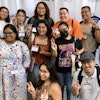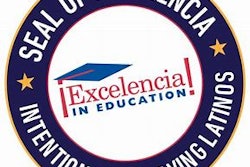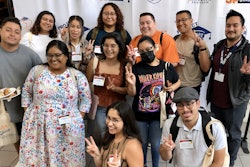At the University of New Mexico (UNM), an innovative program takes students from rural and urban, largely Hispanic communities and guides them from 12th grade through graduation from medical school. The Combined BA/MD Program is part of UNM’s effort to increase the number of primary care physicians in those communities. It is also part of a nationwide movement to encourage health care professionals to work in underserved communities.
The U.S. Department of Health and Human Services reported in June that it would take approximately 8,200 additional primary care physicians to eliminate all of the currently designated “health professional shortage areas,” or HPSAs. There are approximately 6,100 Primary Care HPSAs in the country, based on a physician-to-population ratio of 1 to 3,500.
One of the leading organizations addressing the problem is the American Association of Medical Colleges. According to its August 2014 report on the physician workforce, “Estimates suggest that the U.S. is facing an overall shortage of 130,000 active care physicians and almost 66,000 primary care physicians by 2025. These shortages could exacerbate the health care access problems many Americans face today.”
To help alleviate the shortage, AAMC has created Urban Universities for HEALTH (Health Equity through Alignment, Leadership, and Transformation of the Health Workforce), or UU-Health, whose stated goal is “to enhance and expand a culturally sensitive, diverse and prepared health workforce” in order to improve the overall health of residents in these areas and to reduce health care disparities.
“UU-Health is a learning collaborative,” says Marc Nivet, chief diversity officer of AAMC. Five of the organization’s 141 member schools are involved in the project and are developing programs that fi t their particular institutions while meeting the overall goals of the UU-Health project.
“They are attempting to find individuals who have high willingness and interest in going back to serve in underserved communities,” Nivet explains. “What we’re really trying to do in this collaborative is to figure out what works best.”















